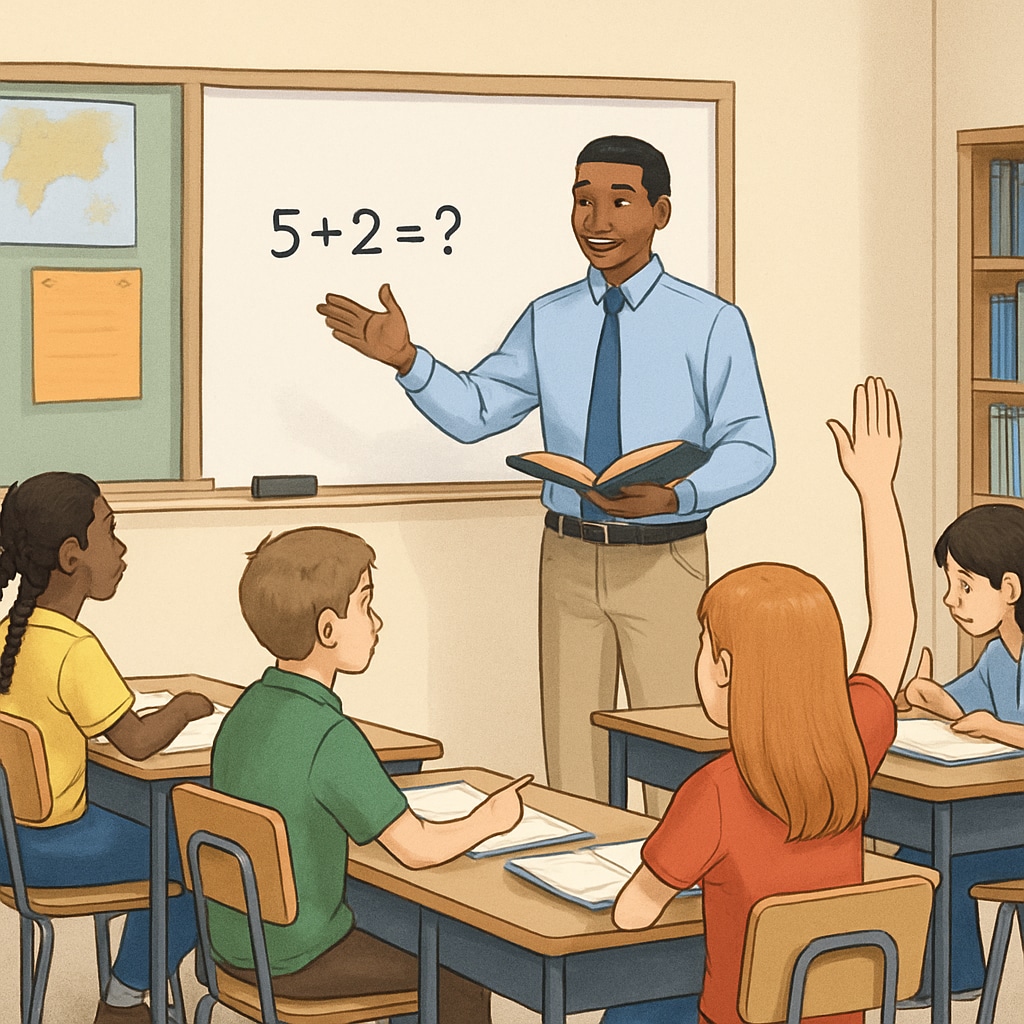In modern K-12 education, choosing the right learning method is essential for students’ success. Whether it’s structured learning, which provides clear guidelines and pathways, or self-exploration, which encourages curiosity and independence, each approach has its advantages. The decision depends on learning goals, student characteristics, and the nature of the subject. Striking the right balance between these methods can significantly impact a child’s educational journey.
Understanding Structured Learning: A Clear Framework
Structured learning refers to a systematic approach where lessons, objectives, and outcomes are pre-defined. This method is often employed in traditional classrooms, where teachers guide students step-by-step through the curriculum. For example, structured learning is common in subjects like mathematics, where foundational knowledge builds over time.
The advantages of structured learning include:
- Consistency: Students follow a clear path, minimizing confusion.
- Accountability: Progress is monitored through regular assessments.
- Efficiency: Time is optimized by focusing on essential content.
However, structured learning may sometimes stifle creativity or fail to address individual interests. Therefore, while it’s effective for certain subjects and learners, it may not be suitable for all.

Exploring Self-Exploration: Encouraging Curiosity
In contrast, self-exploration promotes independent learning driven by the student’s interests and pace. This approach is often unstructured, allowing learners to pursue topics they find intriguing. For example, self-exploration is ideal for creative fields like art, music, or innovation, where personal expression is key.
Key benefits of self-exploration include:
- Autonomy: Students develop decision-making and problem-solving skills.
- Engagement: Learners are more motivated when exploring topics they enjoy.
- Adaptability: This approach nurtures flexibility and critical thinking.
Nonetheless, self-exploration can lack direction and may lead to gaps in essential knowledge if not balanced appropriately.

Balancing Both Approaches: A Tailored Strategy
Neither structured learning nor self-exploration is universally superior. The best outcomes often result from combining the strengths of both approaches. To determine the right balance, consider the following factors:
- Learning Objectives: Structured learning is ideal for mastering foundational concepts, while self-exploration works well for enhancing creativity and critical thinking.
- Student Characteristics: Younger students or those who thrive on guidance may benefit from structure, whereas independent and curious learners often excel with self-directed methods.
- Subject Nature: Subjects like science or math may require structured progressions, while humanities or arts can accommodate flexibility and exploration.
For example, a student studying history might use structured lessons to understand timelines and key events while engaging in self-exploration to analyze historical debates and perspectives.
Practical Tips for Educators and Parents
To help students thrive, educators and parents can employ these strategies:
- Blend Methods: Incorporate structured lessons with opportunities for independent projects.
- Set Clear Goals: Define when structured learning or self-exploration is appropriate based on the task at hand.
- Monitor Progress: Check in regularly, offering guidance when students veer off track or require additional support.
By adopting a flexible approach, students can benefit from the best of both worlds, developing not only academic skills but also lifelong learning habits.
As education evolves, so too must our understanding of learning methods. Structured learning and self-exploration are not opposing forces but complementary tools. By finding the right balance, we can ensure that every child’s potential is fully realized.
Readability guidance: Use short paragraphs and lists to summarize key points. Limit passive voice and long sentences, and incorporate transition words to enhance flow.


